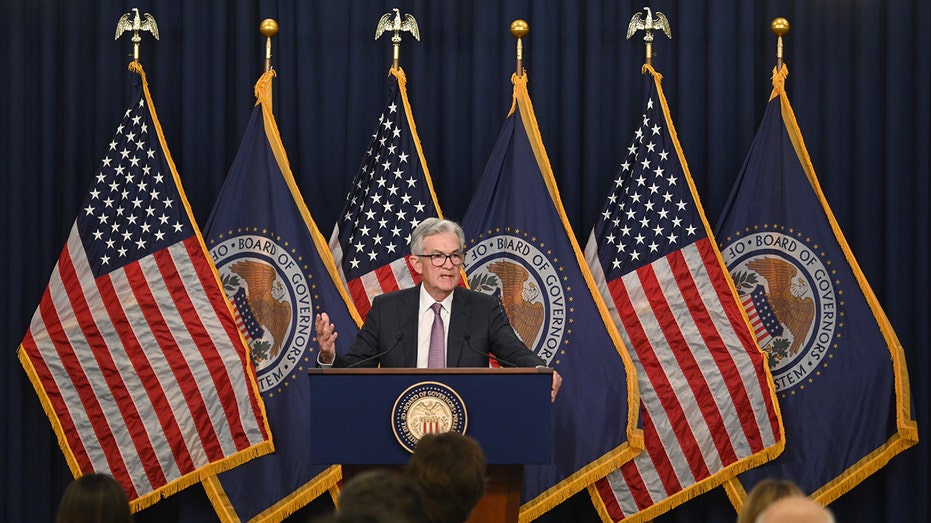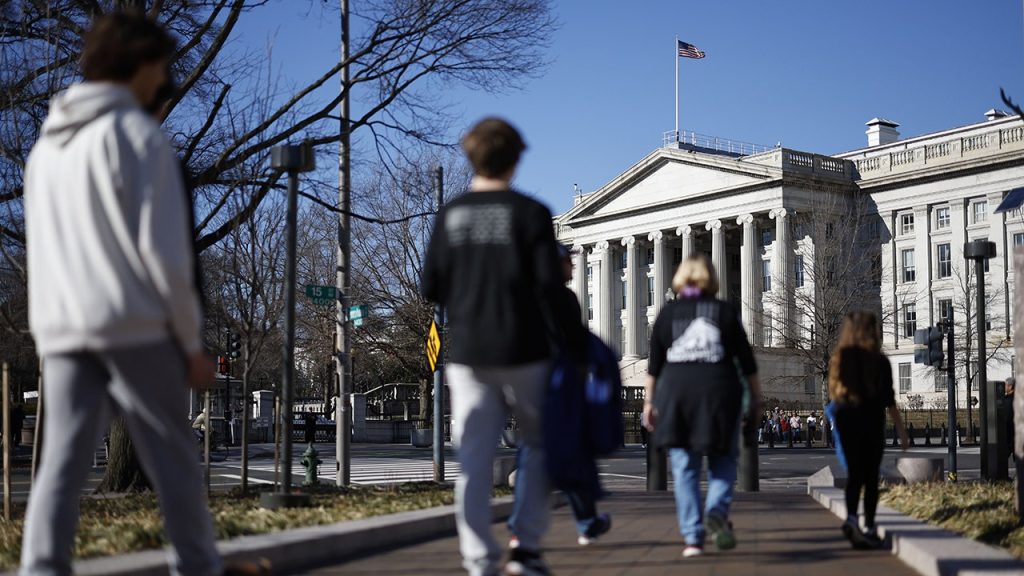The Federal Reserve said Monday that more banks are tightening their lending standards in the wake of recent turmoil within the financial sector.
The share of banks tightening terms on commercial and industrial loans for medium and large businesses rose to 46%, up from 44.8% in the fourth quarter of 2022, according to the Fed’s newest quarterly Senior Loan Officer Opinion Survey.
“Banks reported expecting to tighten standards across all loan categories,” the report said. “Banks most frequently cited an expected deterioration in the credit quality of their loan portfolios and in customers’ collateral values, a reduction in risk tolerance, and concerns about bank funding costs, bank liquidity position, and deposit outflows as reasons for expecting to tighten lending standards over the rest of 2023.”
When credit conditions tighten, banks significantly raise their lending standards, making it difficult to acquire a loan. Borrowers may have to agree to more stringent terms like high interest rates as banks try to reduce the financial risk on their end. Fewer loans, in turn, would lead to less big-ticket spending by consumers and businesses.
DEBT CEILING DEADLINE IS CLOSER THAN PREVIOUSLY EXPECTED – HERE’S WHY
The report also pointed to a sharp slowdown in demand for credit: The percentage of banks reporting stronger demand for commercial and industrial loans tumbled by 55.5% in the first three months of the year, the sharpest decline since 2009, in the midst of the global financial crisis.
“Further evidence of tightening lending conditions and a potential credit crunch can be seen in the notable decline in demand for credit by large and middle market firms inside the [survey],” said Joe Brusuelas, RSM chief economist. “Policymakers and investors should anticipate this to impact the real economy in the near term as investment, hiring and growth slow on the back of tighter lending.”
The banking turmoil began in early March with the collapse of Silicon Valley Bank and Signature Bank, which faced massive losses on long-term securities that had tumbled in value due to higher interest rates. When depositors panicked, a bank run ensued.
BANKING CRISIS THREATENS TO IGNITE CREDIT CRUNCH OF US HOUSEHOLDS: WHAT TO KNOW

The implosion of First Republic — which was seized by federal regulators and sold to JPMorgan Chase — last week added to the stress in the sector, reigniting fears of a credit crunch for U.S. households.
Mid-sized banks are struggling, in part, from higher interest rates, which the Fed raised rapidly over the past year from near zero to more than 5%.
Federal Reserve Chairman Jerome Powell expressed confidence during the central bank’s two-day meeting last week that the worst volatility in the financial sector is over, although he warned tighter credit conditions could affect economic growth.
“There were three large banks, really from the very beginning, that were at the heart of the stress that we saw in early March — the severe period of stress,” Powell told reporters on Wednesday. “Those have now all been resolved, and all the depositors have been protected.”
Read the full article here
